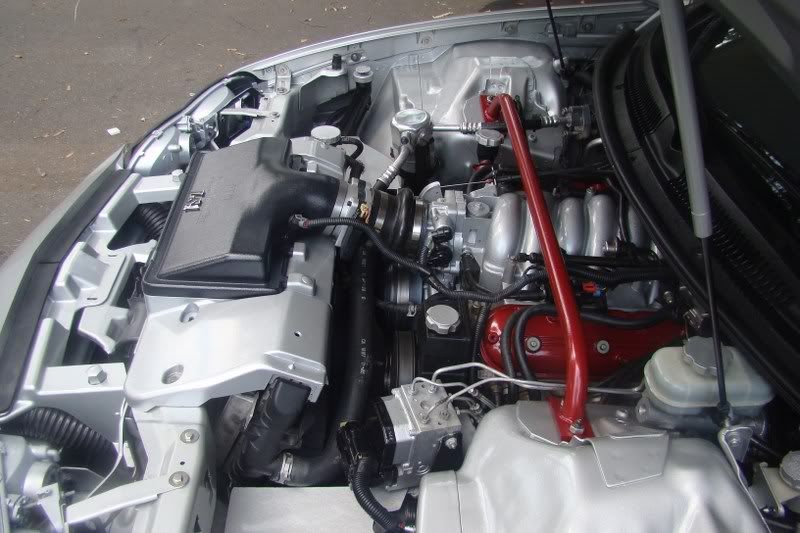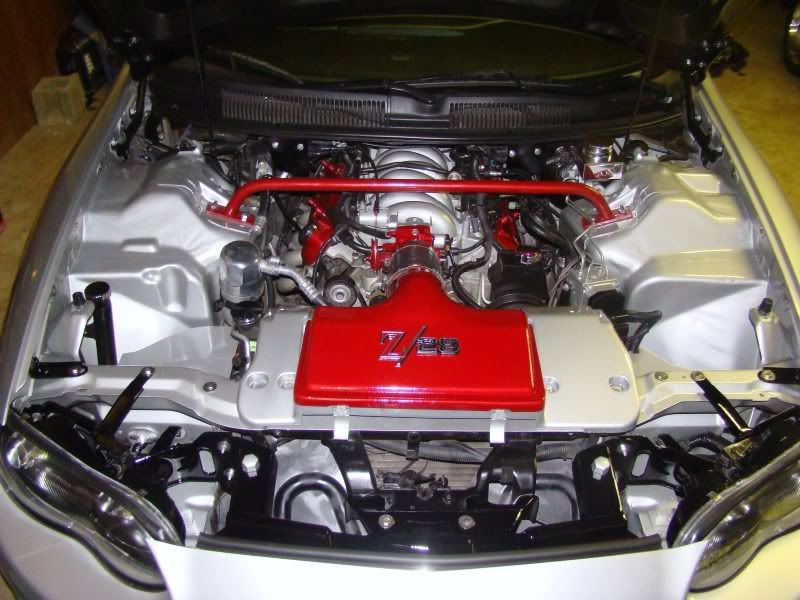The Enforcer
New member
a while back, actually over a year ago...i ran into some older fellas who told me about a way to keep your exterior plastics shining (bumbers, wiper cowls, all the stuff you have to constantly apply dressing to). they told me to completely degrease and clean the plastic piece you were applying it to, apply the linseed oil with a rag, and let it cure for 18-24 hours before it is driven or touched. if it gets on the windows, it will wipe right off. not sure about paint, tho. it even smells like sweet tea lol.
once it dries.....the piece will have a nice satin shine to it, but it is dry to the touch. now, over a year later...the plastic wiper cowl still looks the way it did when i applied it.
anyone else have any experience/advice/opinions on this? you can purchase this stuff at your local hardware store. for $4.00....you can get enough to do well over 100 cars i think. i wonder what makes this stuff work, and how it will affect the pieces in the long run. all comments are welcome!
once it dries.....the piece will have a nice satin shine to it, but it is dry to the touch. now, over a year later...the plastic wiper cowl still looks the way it did when i applied it.
anyone else have any experience/advice/opinions on this? you can purchase this stuff at your local hardware store. for $4.00....you can get enough to do well over 100 cars i think. i wonder what makes this stuff work, and how it will affect the pieces in the long run. all comments are welcome!


